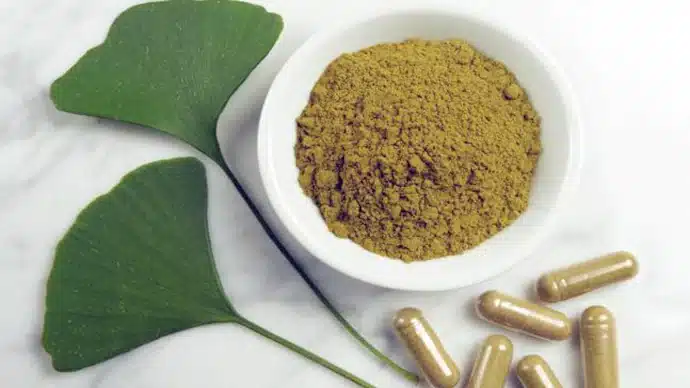In the realm of scientific exploration, a captivating endeavor has emerged, one that holds the promise of addressing the formidable challenge of chronic diseases intricately linked to PM2.5 dust pollution. This pressing concern has become an ever-escalating health crisis in regions afflicted by air pollution.
Amid the backdrop of this formidable challenge, a collaborative project has taken root, drawing together the expertise of researchers from Chaophraya Abhaibhubejhr Hospital in Prachin Buri and experts from Mahidol University’s Faculty of Medicine at Chakri Naruebodindra Medical Institute in Samut Prakan.

The focal point of their collective efforts is the investigation of three herbal plants—fingerroot (Boesenbergia rotunda), green chiretta (Andrographis paniculata), and blue trumpet vine (Thunbergia laurifolia)—and their potential in mitigating the health implications of prolonged exposure to harmful PM2.5 dust particles. As these fine particulate matter pollutants continue to plague communities, the pursuit of innovative solutions to counteract their adverse effects on human health has become increasingly urgent.
Leading the charge in this ambitious research initiative is Associate Professor Phisit Khemawoot, the deputy dean for research at Mahidol’s Faculty of Medicine at the Chakri Naruebodindra Medical Institute. His optimism regarding the potential of these herbal remedies to alleviate the health impacts of chronic illnesses stemming from PM2.5 dust pollution is palpable.
With unwavering dedication, he reassures that the institute stands fully equipped with the requisite resources and specialized expertise to support this comprehensive research journey. This journey encompasses a spectrum of endeavors, spanning from the initial stages of laboratory experiments to the eventual initiation of rigorous clinical trials.
The impetus driving this ambitious herbal research initiative finds its roots in the escalating prevalence of chronic diseases, with a pronounced focus on two of the most prevalent—diabetes and high cholesterol. Suphaporn Pitiporn, the secretary-general of the Chaophraya Abhaibhubejhr Hospital Foundation, underscores the dire need to address these health concerns. These chronic conditions are often accompanied by a myriad of complications, including a heightened vulnerability to cancer. The societal burden imposed by these diseases, both in terms of human suffering and economic costs, cannot be overstated.
The deleterious health effects brought about by PM2.5-related diseases and complications are not only a concern for Thailand’s citizens but also pose a significant financial strain on the nation. The increasing reliance on imported medicines to manage these conditions has led to burgeoning healthcare costs. It is against this backdrop that Pitiporn accentuates the urgent necessity to explore alternative treatments. The overarching goal is to bolster public access to essential healthcare services and treatments, a goal that the research into herbal alternatives may well facilitate.
Notably, Pitiporn brings to light the existing efficacy of fingerroot and green chiretta, particularly in the context of their utilization in the treatment of Covid-19 patients during the ongoing pandemic. The potential therapeutic benefits of these herbs have already been recognized, providing a solid foundation upon which this collaborative project can build. Its objective is to delve deeper into the intricacies of the medicinal properties of these plants, unearthing their full potential and striving to harness them in the development of new medicines.

The significance of this research into herbal solutions cannot be overstated, especially as pollution continues its relentless march, exacerbating environmental and health woes in Bangkok and across Thailand. The gravity of the situation came to the fore when the Ministry of Public Health released a report in March.
It revealed a stark reality: 1,449,716 individuals in Thailand and 31,695 in Bangkok were grappling with diseases caused by PM2.5 pollution. These health issues spanned a spectrum, ranging from skin irritation to stroke and eye inflammation. This compelling evidence underscores the acute need to urgently address this pressing public health crisis.
As the collaborative project gains momentum and garners attention, the hope is that it will shed light on nature’s own remedies. The herbal solutions under scrutiny hold the potential to offer a lifeline to those afflicted by chronic diseases exacerbated by PM2.5 pollution.
With rigorous research, meticulous experimentation, and unwavering commitment, scientists are poised to unlock the therapeutic potential of these herbal plants, potentially transforming them into powerful tools for enhancing public health and mitigating the burdens of chronic illnesses. In the battle against PM2.5 pollution-related diseases, these herbal allies represent a beacon of hope, offering the prospect of improved well-being for countless individuals impacted by the relentless march of air pollution.











